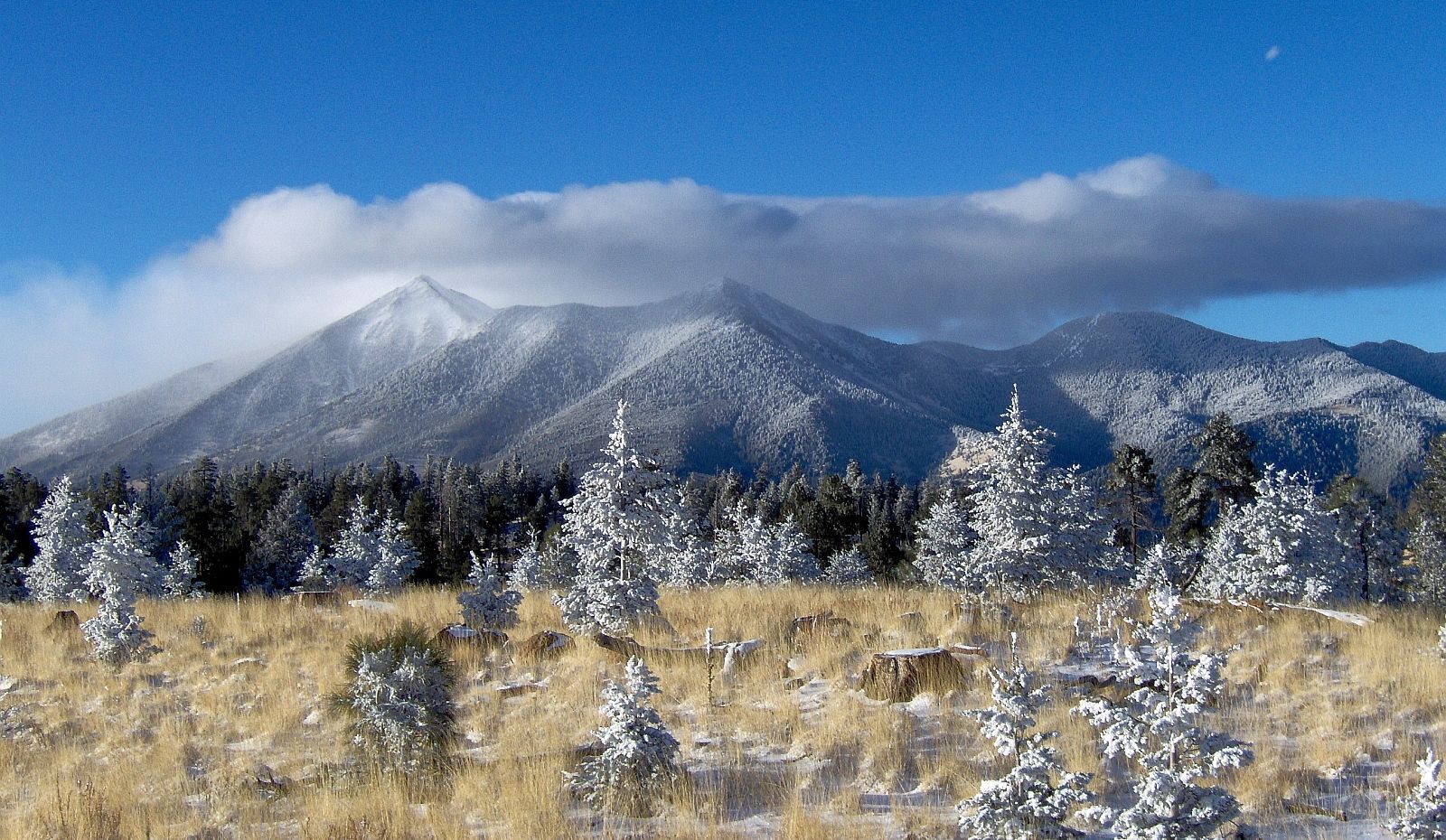Case Study
Name: Cleveland
Location: Alaska
Type of Volcano: Stratavolcano
Elevation: 1730 m (5674 ft)
Rock type: Andesite
Hazards: Ash plumes and deposits, steam, gas emissions, lava flows, earthquakes
Monitoring: Seismic stations, infra sound, satellite, webcam, fly-by
Last Eruption: 2015
Current Status: Active
Current Activity: No unusual seismicity, steam and gas plumes seen in satellite images
The case studies are back.
This is three of four to be completed. Cleveland has been an interesting volcano to research because it is more remote and until recently was monitored by satellite and distant seismic stations. It is also a very majestic volcano with the black volcano clashing elegantly with the green vegetation and blue ocean.
As I noted above, this volcano did not have its own monitoring tools until recently. In August 2014, researchers from the National Science Foundation (NSF) installed two monitoring stations on Cleveland volcano. The two stations measure seismicity and infra sound. Infra sound is the measurement of atmospheric pressure changes at low frequencies that volcanoes put out. Prior to this, Cleveland had been monitored by distant seismic stations, fly-bys, and satellite images. Before you judge the Alaskan Volcano Observatory for not monitoring such an active volcano with more reliable techniques, let me remind you of the size of Alaska. Cleveland volcano is located on Chuginadak Island about 490 km (304 mi) from the western end of the Aleutian Arc-- the volcanic chain that stretches off the coast of Alaska.
Because the volcano is so remote, satellites are relied on heavily to monitor the volcano. Here are some images from http://volcview.wr.usgs.gov/ The red circle is Cleveland volcano.
As I am not a vulcanologist and do not access to higher resolution images, it is hard for me to interpret what I am seeing. But according to the USGS there has been some thermal anomalies and steam and gas plumes within the last week that could be seen from the satellite images.
Here is another image from a fly-by of Cleveland spewing a gas and ash plume.
If Cleveland were to have a large eruption, it would be similar to Mt. St. Helens, if not more explosive. However, the most recent eruptive activity (besides plumes) was a dome-building event in August 2015.
I think more research into the use of satellite monitoring and its accuracy is in store. It might be an option for the SFVF if it is pretty accurate at detecting activity at Cleveland...
Chao,
Rachel








Love all the pictures! "Chao" is spelled "Ciao."
ReplyDeleteThank you. In Chile, it is spelled either "chao" or "chau." In English it is "ciao", but I am using Chilean spelling. I appreciate the heads-up though becuase I hate spelling errors.
DeleteAwesome! What is the importance of Andesite, and for how long do you think this volcano has been active?
ReplyDeleteAndesite is just the type of rock. It exploded out of the volcano and cooled quickly causing the rock to have smaller mineral crystals Records from the USGS reveal that Cleveland has been active since 1893, but it has been active since before that- it just wasn't recorded.
DeleteThanks! I look forward to seeing what you find next!
ReplyDeleteYou state that Cleveland Volcano is 490 km from something, but you don't state what that something is. Please clarify. Also, if Cleveland Volcano did have an eruption similar to Mount St. Helens, are there any populations of people that would be affected?
ReplyDeleteHa, thanks for the catch. I will finish that sentence.
DeleteThere are not that many people living out that far on the Aleutian Arc. The Global Volcanism Program (http://volcano.si.edu/volcano.cfm?vn=311240) states that 9 people live within 100 km of Cleveland volcano. The biggest impact this volcano would have would be with aviation. The ash plumes that drift include glass fragments that can tear apart the engines of airplanes. So, the NWS would probably track the ash plume from an eruption to ensure the safety of flyers.
There could be ash deposited from this eruption as well on the mainland, but that would depend on the direction of the wind. I would have to do some modeling on ash3d.